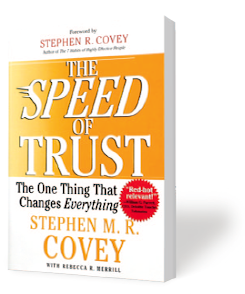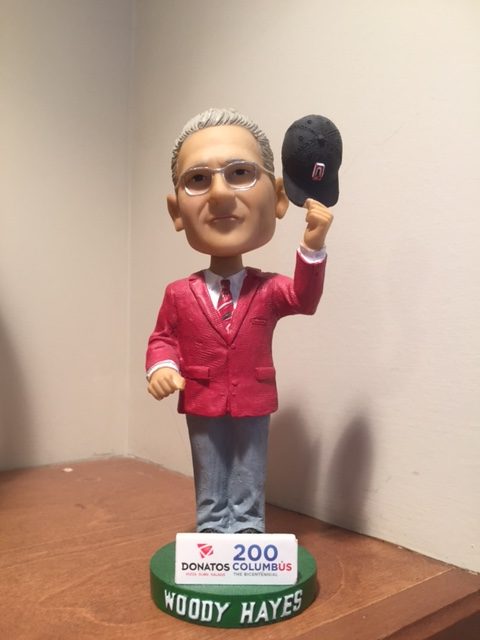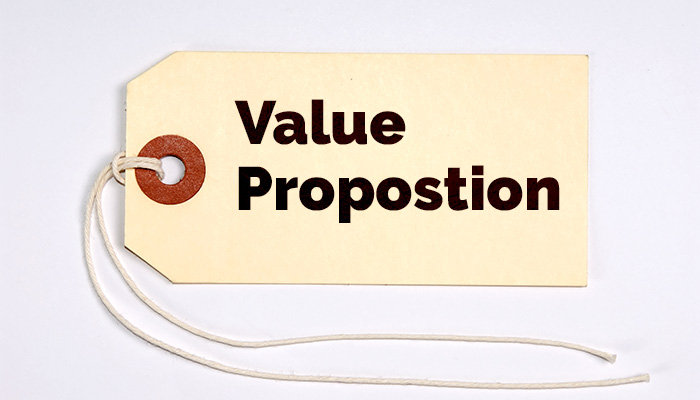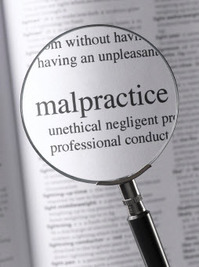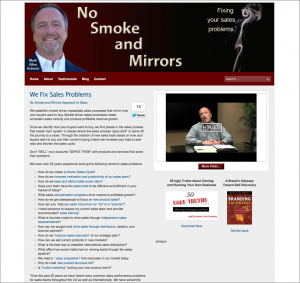Speed of Trust and Sales
In my last post I shared why most sales are lost is: Trust. Although salespeople and even buyers may say price, the real reason you did not win the sale in most cases is the buyer did not trust that your proposal would solve their problem. In this post I will share an excellent book: The Speed of Trust, the one thing that changes everything, by Steven Covey and how to apply its wisdom to increasing your sales.
How much time and effort does your team dedicate to establishing trust with your customers and markets?
Companies that understand the importance of building trust with their internal and external customers thrive.
Could growing sales and leading people really be that simple?
From what I have experienced over the last 30+ years I believe it is.
I have been read the book: The Speed of Trust, by Steven Covey over the holidays. I highly recommend this book to anyone who leads a team, and anyone who sells products or services.
The Harvard Business Review just published an article referencing this book focused on how if your employees don’t trust you its up to you to fix it.
If that is a problem you have in your team I recommend you read this article.
In this post I want to discuss how to build and leverage trust to help your team win sales quicker and more profitably.
Steven Covey shares:
“When trust goes down (in a relationship, on a team, in an organization, or with a partner or customer), speed goes down and cost goes up.… The inverse is equally true: When trust goes up, cost goes down, and speed goes up.”
I can confirm this is true based on my experiences. When I have served leaders who trusted their teams, and teams who trusted our leaders we accomplished record setting accomplishments in sales, market share gains, increased profitability, quality, buying experience and overall team morale. If things went wrong or not as expected, (and they often did) we had a culture that focused on the problem not the person. One outcome of this culture was employees freely sharing mistakes they made and we all learned from them and made corrective action. In our meetings we discussed things that mattered and were not weighted down by hiding political secrets that were an issue but no one wanted to touch them. The same is true with customers. I have served some large accounts and once trust is built we talk about things that matter. Customers who have trust buy more and openly share new problems that often turn into new products an services. As i shared in one post, a new market problem turned into a $38 million sales increase in 18 months.
Covey does an excellent job of discussing how a lack of trust adds friction. Friction can be caused by unethical behavior or ethical behavior that that was not executed properly.
In companies with low trust they see friction that slows down or even halts their progress.
The author shares;
“Low trust creates hidden agendas, politics, interpersonal conflict, interdepartmental rivalries, win-lose thinking, defensive and protective communication – all of which reduce the speed of trust.”
On the other hand, when trust is high you loose friction and realize speed.
“the greatest trust-building key is “results”. Results build brand loyalty. Results fire up a winning culture. Consistent results also put suppliers under the main tent as strategic partners, which is so vital in this new world class, knowledge-worker-based, global economy”
Steven Covey
What can we do to build trust with our customers to drive results?
Work on a trust culture in your business
I have seen companies identify in their value statements the importance of integrity and ethics in everything they do. Where the rubber meets the road is when something goes wrong. How does your company behave internally? How you behave sets the tone, and your salespeople carry that behavior into the market place.
Some sobering statistics on trust:
- Only 51% of employees have trust and confidence in senior management
- Only 36% of employees believe their leaders act with honesty and integrity
- Over the past 12 months 76% of employees have observed illegal or unethical conduct on the job
- So chances are you have some degree of trust issues too both inside and outside your organization
- Less than 20% of sales teams hit their number in 2016 ( buyer trust issues?)
Hire the right people
Make trust, ethics and integrity a key part of your hiring process. One bad hire can contaminate an entire department and if left unchecked your whole company over time.
Training
Train your teams to act in a manner that builds trust. For example I am amazed how many salespeople feel they must have all the answers. So when asked a question they wing it and it often breaks trust. If you train your teams it is OK (safe) to admit they do not know the answer but they will follow up with the answer. I have seen sales people commit to a delivery date there is no way their team can execute so they don’t lose a sale. Be honest, if you can’t make this orders arrival date tell them what you can do. Even if you lose this order, you will be able to quote future business. Lie, and you have broken trust with that buyer and you may not ever have another sales opportunity. Train your teams to understand how your buyers buy and the criteria they need to buy today.
Coaching
When trust is seen as important it is very easy to recognize situations that violate trust. Should one occur it should be handled immediately. Discuss what just happened, why it was wrong, reinforce your companies focus on trust and integrity and share a better way this situation could have been handled. Using a coaching tone also builds internal trust and reinforces that trust and integrity is not just today’s buzz words and will fade away. They are seen as a critical component in our team’s success.
Content
One of the quickest ways I have seen teams build trust with new customers is understanding their buying process and criteria and providing content that supports what the buyers need. Most web sites for example spend way too much time talking about …best in class, best quality, we have been in business for 80 years and so on. Buyers want solutions to their problems and companies who have experience solving their problems. That is why I advise the teams to update their web sites and all sales tools designed to share the problems they solve. I recommend this be done with data sheets, third party studies, case studies, customer testimonials and past customer success stories. This content will also be used as sales tools for your salespeople when prospecting new customers.
Do what you say you will do
Trust is built over time. In a sales environment it’s about doing what we say we will do. If you say you will follow up on next Tuesday, do it. If you promise your order will arrive on the 15th make sure it does. A big part of this is your sales teams clearly understanding your company’s capabilities. If a salesperson does not understand your company’s capabilities today they run the risk of promising something your team cannot execute and this breaks trust. Salespeople run the risk of promising something that was once true and may not be true today. If you ask for a 20-minute meeting to present your company end the meeting at 20 minutes. If the buyer wants it to go longer that’s fine, but you are doing what you said you would do.
Truth
Take a hard look at all your company’s communication and make sure it is true…today. Nothing breaks trust quicker than stating something that is no longer true. I was in a meeting once and the salesperson said, what he was trained to say 15 years ago…”our company is the only company in North America with these capabilities”. That statement was true 15 years ago, but the buyer had completed her research and shared 3 other companies now offering it in North America. Make sure all your communications are true today.
The above are ways I have helped teams improve their trust with their customers and markets and increase sales and profits. The author shares 13 behaviors of high trust in his book.
Steven Covey does an excellent job of bringing home the financial implications of trust with the concept of a trust tax. Many of the teams I have served were led by someone who grew up through the organization in the accounting and finance side. I think this chapter will really get their attention.
“ in many interactions, we are paying a hidden low-trust tax right off the top-and we don’t even know it!”
Covey shares that the trouble is low-trust taxes are not a line item on your financial statements, if they were many more companies would focus on reducing their trust tax.
“- in a low trust culture, it’s possible that your being taxed 30,40,50 percent or more for something you didn’t even do”
…and that impacts both sales and profitability!
The author also shares the upside of high trust…
“ When trust is high, the dividend you receive is like a performance multiplier, elevating and improving every dimension of your organization and your life”
I hope you buy The Speed of Trust and apply it to your company and how you serve your customers and markets.
As we begin a new year why wouldn’t you make building trust in all you do a key priority?
Personal and professional credibility are key in winning in our markets today.
Make it a key objective of yours to build trust and watch your team thrive.

